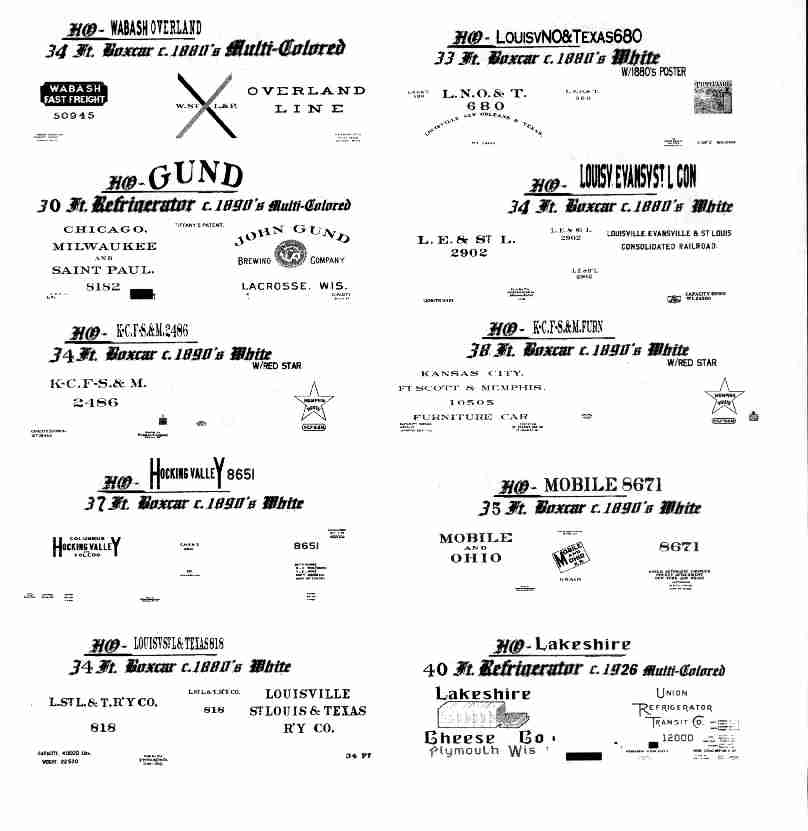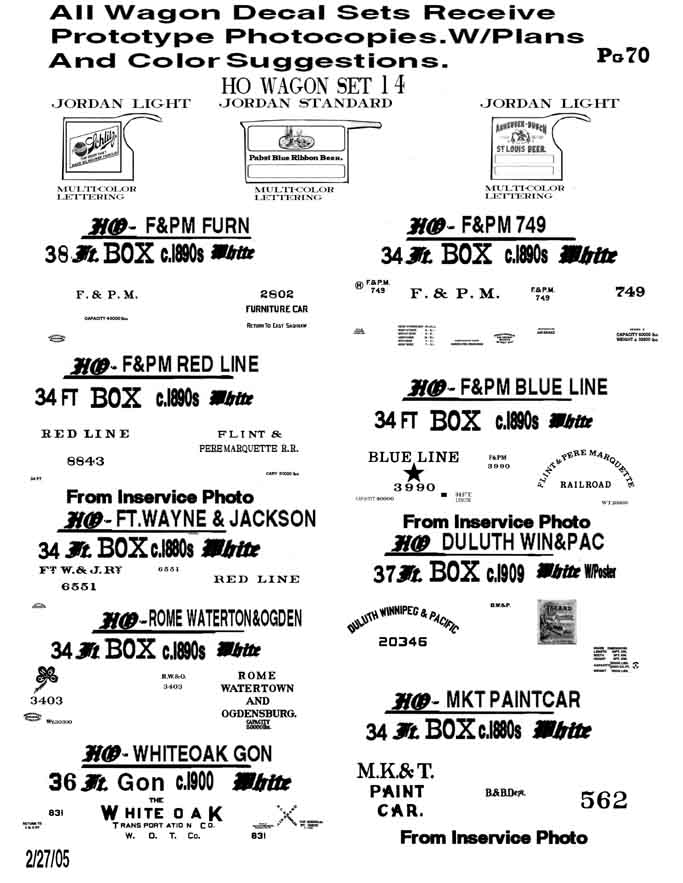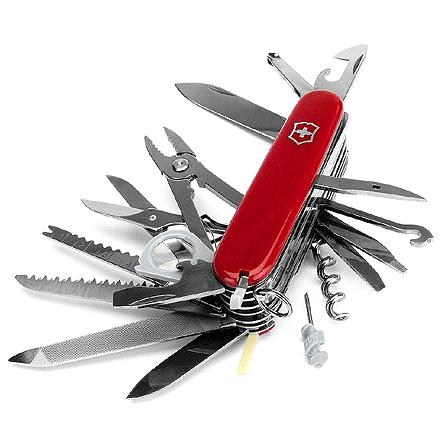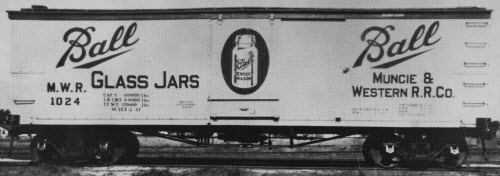Specific Item Information: Art Griffin offered a 'book' of early railroad decals. You could order them in N Scale, HO or O. The decals are referenced by the 'page' in Art's book.
Model Information: Unspecified Body Style
Prototype History: Boxcars in the early 20th century frequently featured a "Truss-Rod" design. The purpose of truss rods was to prevent the railcars from sagging in the middle by the use of turnbuckles in the center of the truss rods for tightening. Due to the limitations of the materials available at the time, there was a tendency for the railcars body to sag in the middle, between the trucks. Truss rods were designed to prevent this. They have the same purpose as I beams or channel beams do in more modern equipment; or, the unitized body of automobiles do today. They give strength in the direction needed to support the load placed on the car.
Road Name History: 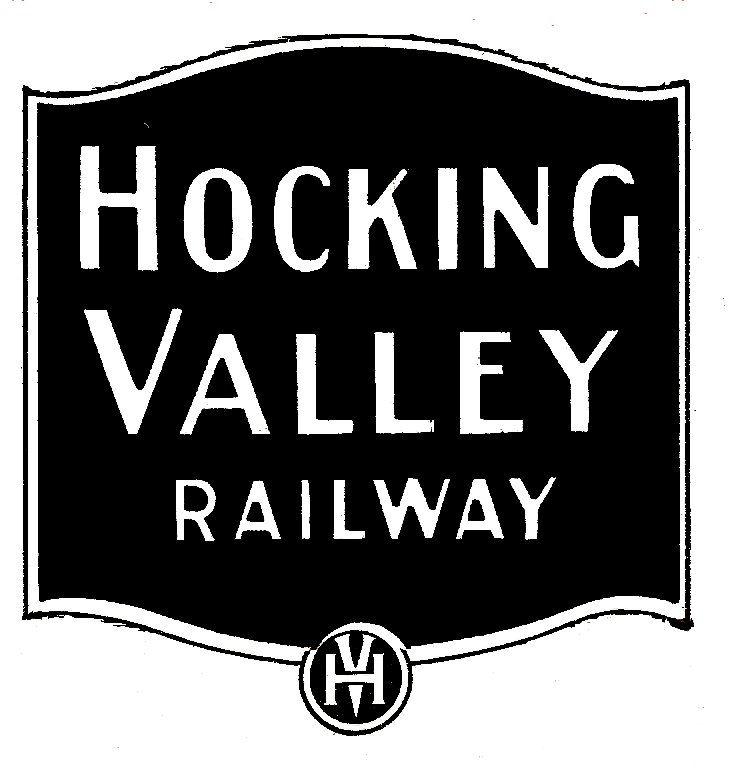 The Hocking Valley Railway (reporting mark HV) was a railroad in the U.S. state of Ohio, with a main line from Toledo to Athens and Pomeroy via Columbus. It also had several branches to the coal mines of the Hocking Valley near Athens. The company became part of the Chesapeake and Ohio Railway system in 1910, and the line between Toledo and Columbus continues to see trains as CSX Transportation's Columbus Subdivision. Portions of the main line south of Columbus are now operated by the Indiana and Ohio Railway and Hocking Valley Scenic Railway.
The Hocking Valley Railway (reporting mark HV) was a railroad in the U.S. state of Ohio, with a main line from Toledo to Athens and Pomeroy via Columbus. It also had several branches to the coal mines of the Hocking Valley near Athens. The company became part of the Chesapeake and Ohio Railway system in 1910, and the line between Toledo and Columbus continues to see trains as CSX Transportation's Columbus Subdivision. Portions of the main line south of Columbus are now operated by the Indiana and Ohio Railway and Hocking Valley Scenic Railway.
At the end of 1925, HV operated 349 miles of road on 881 miles of track; that year it reported 2614 million ton-miles of revenue freight and 25 million passenger-miles.

At the end of 1925, HV operated 349 miles of road on 881 miles of track; that year it reported 2614 million ton-miles of revenue freight and 25 million passenger-miles.
Brand/Importer Information: No longer in business, but still products for sale at some resellers (2022).
Item created by: james13pugh on 2022-05-19 12:33:58. Last edited by james13pugh on 2022-05-19 22:25:31
If you see errors or missing data in this entry, please feel free to log in and edit it. Anyone with a Gmail account can log in instantly.
If you see errors or missing data in this entry, please feel free to log in and edit it. Anyone with a Gmail account can log in instantly.


